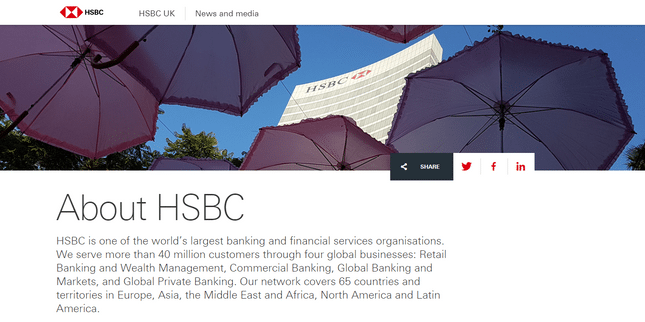You should create an about page for your business. This page should include a photo, a call to action, and other information to tell your audience about you and your business. It should also be optimized for Google, so that your information will come up in search results.
Target different personas and demographics
When you’re creating an about page for your website, it’s important to target different personas and demographics. This helps you to focus your content and provide more relevant information to your audience. Personas help you understand the needs and expectations of your target audience. You can then create the content that appeals to them.
Personas are fictional characters that represent a particular type of customer. These characters are based on the demographics, psychographics, and spending power of a certain market. For example, if you’re selling a spa package to stay-at-home mothers, you would use a woman between 35 and 40 years old to make your persona.
A persona is useful because it enables marketers to step outside their own mindsets and view the audience from a fresh perspective. They can see the common objections and challenges that people face when trying to buy your products and services. It also enables them to walk in the shoes of the users.
You should also consider what types of content and materials your target audience wants. If your site is a music streaming service, for instance, you may want to offer a user-friendly mobile app. Or, you might want to offer new music notifications.
Another way to determine the needs of your target audience is to do online research. You can conduct surveys or post comments on social media. Research can also include data from interviews, email audiences, and CRM databases.
As your business grows, your customer persona will become more accurate. But it is still a good idea to do research on your own. The more you know about the persona, the better equipped you’ll be to create targeted content and improve your business.
Tell the story of your business
If you have a website, your about page is an excellent place to tell the story of your business. The information presented on this page should reflect your current status, and highlight the benefits of doing business with you. In addition to telling the story of your business, you should also include a clear call to action.
You don’t have to write an elaborate story about the history of your company. However, you should tell your visitors a few interesting facts about your company.
One way to do this is to include a timeline. A timeline is an excellent way to summarize the history of your company, especially if it is a family business. Adding a timeline to your about page can be an excellent way to engage your visitors.
As your business grows and changes, you will need to tell the story of your business in more than one way. By breaking your story down into short, bite sized pieces, you can ensure that your readers are always getting the most important information.
In addition to the story of your business, you should make sure to include the story of your company’s products and services. Your products should be of the highest quality, and your service should be fast and affordable. This will give your clients a reason to keep coming back to your website.
When it comes to telling the story of your business, the best way to do it is to have a clear and simple goal. Whether you have a vision of a bright future or a more humble beginning, your goal is to get your website visitors to engage with you.
Include a call-to-action
A call-to-action (CTA) is a marketing term used to describe the next step a marketer wants the reader to take. This can be an opt-in, a sale, a subscription or anything else that is meant to move the reader toward a final action.
Calls to action are often found at the end of articles, videos or other content pieces. When done right, these elements can inspire readers to take a particular action. However, the wrong call-to-action can be detrimental to your marketing efforts.
There are a few key factors to consider when writing your own call-to-action. First, you need to consider the purpose of your piece. Do you want to increase your social reach, generate more sales leads, or increase your profits?
If your goal is to generate more social followers, it’s a good idea to include a call-to-action with your links. However, you don’t want to bombard your readers with information. Keep your CTAs brief and easy to follow. Use simple words that compel the reader to act.
Your call-to-action can also be incorporated into videos or YouTube posts. You can add Turnstile and/or a text box at the end of the video. In this way, you can collect email leads while the user is watching your video.
Another option is to provide a free trial. This will encourage the audience to test out your offer before committing to buying. Then, you can prompt them to enter their credit card details at the end of the trial.
Using a call-to-action with a cliffhanger can help your posts gain more attention. Whether you’re writing a blog post, an advertisement or a video, this technique can be applied to any field.
If you're interested in learning more about copywriting, click here to check out a great course. It'll teach you everything you need to know to start writing effective copy that sells.
Did you miss our previous article…
https://thewritersden.top/?p=832
